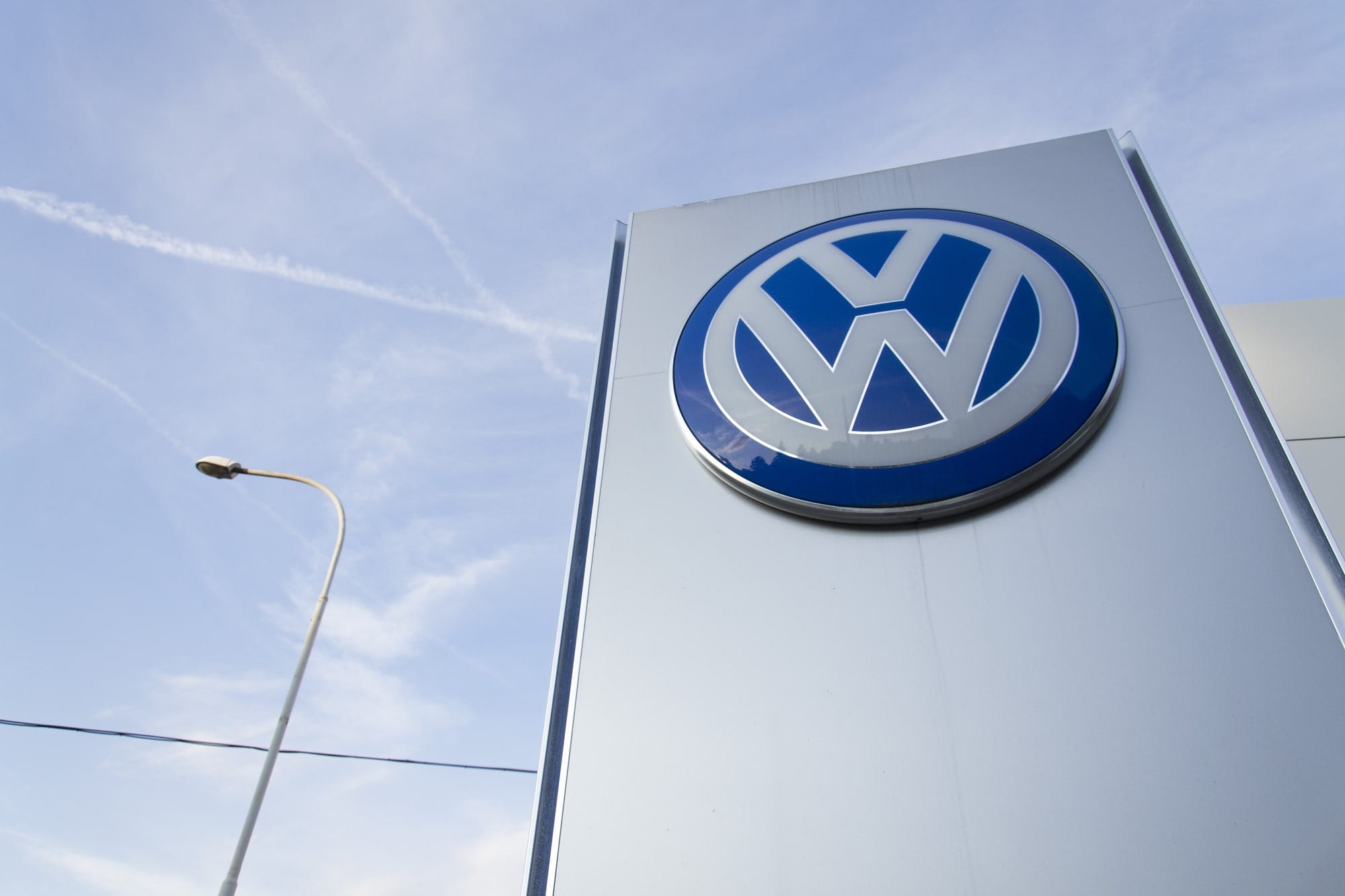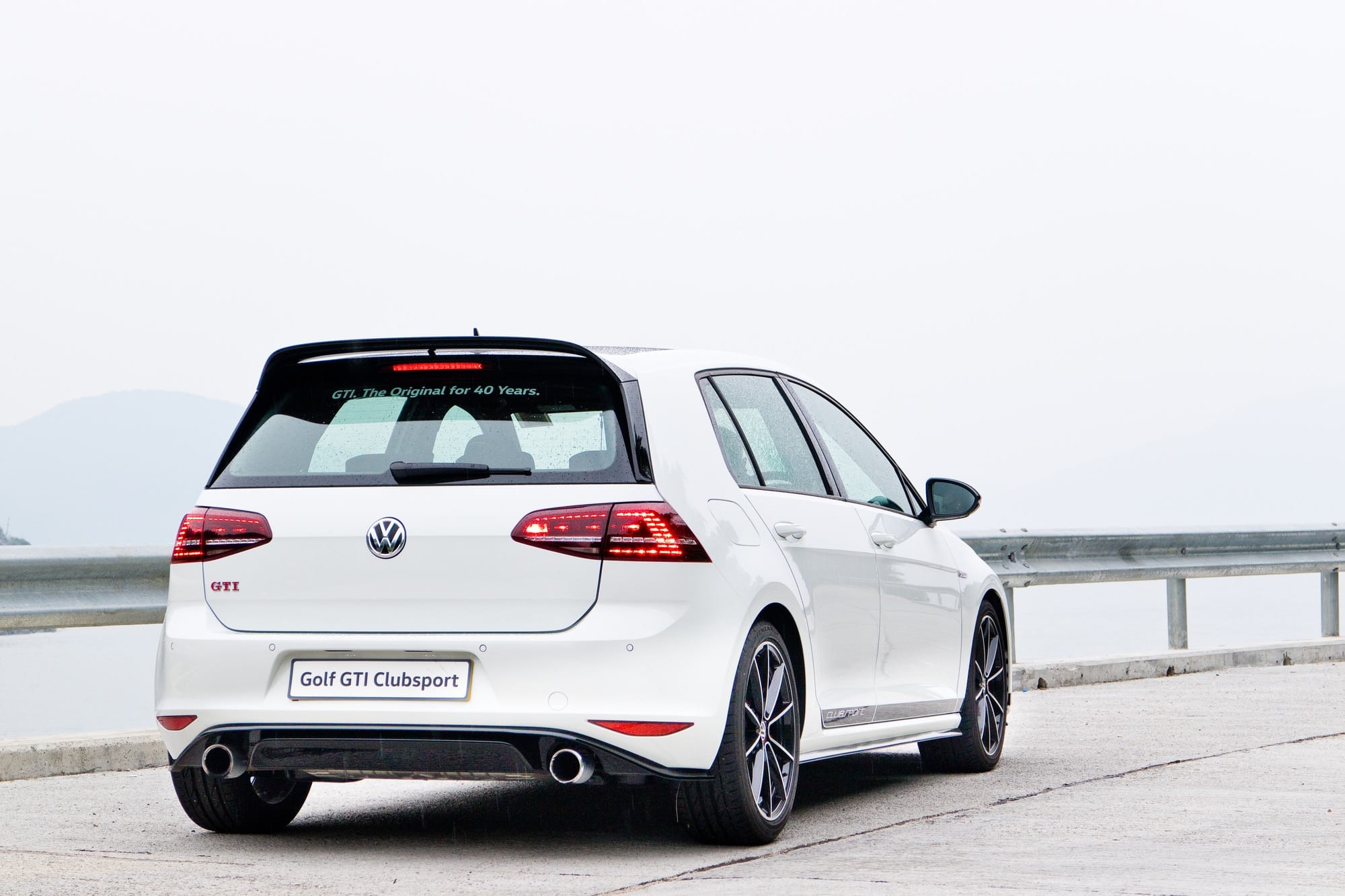Are you looking for a thorough and current Volkswagen SWOT analysis? This is the right article for you. This article covers:
- Strengths: Strengths are internal factors because of which Volkswagen has been a leader in the automotive sector.
- Weaknesses: Weaknesses are internal factors that are holding the company back.
- Opportunities: Opportunities are external factors the company can take advantage of in order to grow.
- Threats: Threats are external factors that may hinder Volkswagen’s progress.
Let’s begin with Volkswagen’s strengths.

What are Volkswagen’s major strengths?
Volkswagen is known for its wide brand portfolio, manufacturing capabilities, and sales numbers. It is the biggest car manufacturer in Europe and the second biggest worldwide. Volkswagen also invests heavily in research and development.
Now, let’s look deeper into Volkswagen’s strengths:
- Brand Portfolio: You've heard of Audi, Škoda, Bentley, Bugatti, Lamborghini, Ducati, and Porsche. Well, the Volkswagen Group owns these brands. Through this broad brand portfolio, Volkswagen appeals to multiple buyer segments.
- Manufacturing Capacity: The Volkswagen Group owns 118 production plants worldwide. In 2020, the carmaker produced 8.9 million vehicles. It also employs 662,600 people. Thus, Volkswagen defines what it means to be world-class.
- Research and Development: In 2020, Volkswagen beat its competitor Toyota in R&D spending. During the year, Volkswagen spent $16.51 billion on R&D. Toyota, in the same span of time, invested $10.14 billion in R&D. So, Volkswagen outspend Toyota by 62.85%.
- Car.Software Organization: The Volkswagen Group’s software company, Car.Software Organization, is developing an operating system for vehicles. Recently, the software company has partnered with Microsoft to develop a cloud-based Automated Driving Platform (ADP). Volkswagen hopes to develop an industry-wide tech stack to power the next generation of smart vehicles.
- Project Trinity: Volkswagen has set 2026 as its deadline for launching Trinity, an electric sedan. Through the sedan, Volkswagen is aiming to be the benchmark for how fast an electric vehicle charges and how far it travels. The sedan is also reported to have or be compatible with cutting-edge autonomous driving systems.
From this analysis, although it may appear that Volkswagen’s biggest strength is its R&D spending, Volkswagen’s biggest strength is actually its manufacturing capacity and sales figures. Without the revenue, the company can’t sustain its huge research and development budget.
Now, let’s move on to Volkswagen’s weaknesses.
What are Some of Volkswagen’s weaknesses?
Traditionally, Toyota has been Volkswagen’s biggest competitor. Both companies are equally matched in production and sales. However, because of Volkswagen’s drive to get into electric vehicles and software, the company has new rivals such as Tesla. To come ahead of its competition - old and new - Volkswagen would have to overcome its weaknesses.
Here are some of Volkswagen’s weaknesses:
- Sales: Toyota edged out Volkswagen from the top spot in total sales for the year 2020. Volkswagen reported $264.97 billion in sales revenue. Toyota brought in $273.2 billion for the same period.
- Trailing in EV Range: Volkswagen's latest offering in the EV sector is the Volkswagen ID.4. Although the ID.4 beat the EPA range estimate of 250 miles by 14% in a recent test, the ID.4 is trailing its competitors such as Tesla, Hyundai, and Ford. At present, with an EPA range of 287 miles, the ID.4 is at 7th place in Edmund's EV Range Leaderboard.
- 4000 Job Cuts: Volkswagen is planning to cut 4,000 jobs at its plants in Germany through early or partial retirement plans. The job cuts are likely to cost an estimate of $598 million. The company has also temporarily frozen external hiring in all areas except those related to the development of electric vehicles and software.
- Failed Publicity Stunt: Volkswagen put out an official press release stating that the company is changing the name of its American division to “Voltswagen.” However, the company later said that the announcement was an April Fool’s joke. But the SEC saw the move as irresponsible and that it will investigate the same.
- Management Structure: In Volkswagen's 20-seat supervisory board, unions control half the votes. Due to Union leaders' opposition, CEO, Herbert Diess is facing resistance in his efforts to modernize Volkswagen.
Due to the pandemic, the number of cars Volkswagen sold annually dropped to the second-lowest value in the last decade. This may seem like Volkswagen’s biggest weakness. However, this situation is temporary. The company’s real challenge is switching from its decades-long reliance on internal combustion engines to relying on electric vehicles.
Up next, we’ll discuss Volkswagen’s opportunities.

What are some opportunities for Volkswagen?
Volkswagen's competitive advantage so far is its ability to out-produce and outsell its competitors. From 2011-2020, Volkswagen has produced close to 100 million cars, averaging 10 million cars a year. Recently, Volkswagen has shifted its focus to digital and electric vehicle technology and has committed to investing $86 billion in this area.
Here are some specific opportunities Volkswagen can leverage in emerging technologies in the auto industry:
- Electric Vehicles: Perhaps in a bid to catch up with Tesla, Volkswagen has invested $45 billion in electric vehicles. The company unveiled plans to start six factories to make batteries for its electric vehicles. Volkswagen also announced plans to create its own operating system, aiming to become the second-biggest software company in Europe.
- Self-Driving Technology: Volkswagen has invested $2.6 billion in Argo AI, a start-up developing self-driving technology. Argo is currently testing its driverless cars on public roads in cities such as Miami, Pittsburg, Detroit, and Palo Alto. Volkswagen hopes to use Argo AI to have its driverless cars on the road by the end of the decade.
- Bi-Directional Charging: In Volkswagen’s Power Day event, the company spoke about its bi-directional charging system. Using the system, you can charge or discharge your car’s batteries from a wall box. This allows the unused charge in your car to power your home. This technology allows cars to give back to the grid, creating a vehicle-to-grid interface. Widespread use of this technology could be a gamechanger in clean energy for vehicles.
- Flying Vehicles: In pursuit of vertical mobility as the next step after self-driving tech, Volkswagen is exploring possibilities of entering the race to develop flying cars. With the Japanese company, Sky Drive Inc., already demonstrating its flying vehicle, Volkswagen must also pursue the vision to stay relevant in an evolving auto sector.
- Automotive Battery Supply: At Volkswagen's Power Day, CEO Herbert Diess announced plans to start six Giga factories to achieve a target of 240 Giga Watt-hours. If Volkswagen hits that target, it will boost Europe's share to 30% of the worldwide supply of batteries for electric vehicles.
Among the ideas above, Volkswagen’s biggest opportunities lie in dominating the global supply of electric batteries with bi-directional compatibility and being the leading provider of software for smart vehicles. The company is already making moves in this direction. But only time can tell whether they will succeed.
Lastly, let’s dive into Volkswagen’s threats.

What are the biggest threats to Volkswagen?
Electric vehicles and driverless cars are the new frontiers of the auto sector. However, if Volkswagen hopes to gain the first-mover’s advantage in these sectors, the company must battle it out with its traditional competitors - Toyota, Ford, GM, and Honda - as well as a new rival - Tesla. And the economic slowdown resulting from COVID-19 has only made the struggle harder.
- COVID-19 Pandemic: As a result of the global health crisis, the Volkswagen group reported a decrease of 15.2% year-on-year in the number of units sold. The drop in the number of units sold caused a 11.8% drop in the year-on-year sales revenue.
- Dieselgate Scandal Aftermath: In 2015, Volkswagen was found guilty of cheating emission tests using on-board computer software. Since then, the automaker has spent an estimate of $46.5 billion due to resulting damages and fines. Recently, the Australian Federal Court deemed a fine of $75 million inadequate, increasing it to $125 million.
- Market Valuation: At present, Tesla is trading at $677.02 per share. If you compare that to Volkswagen’s valuation at $35.08 per share, you can see that Tesla has left Volkswagen in the dust. What’s worse, ARK estimates that Tesla’s valuation will hit $7000 per share by 2024.
- Semiconductor Supply: Modern cars heavily rely on electronic chips. And chip manufacturers are facing a shortage of semiconductors. The shortage has created a bottleneck. Although the shortage has been attributed to the pandemic and is viewed as a temporary hitch, the bottleneck may continue to slow down production unless they find a permanent solution.
- Regulations: Policymakers in the European Union have imposed a penalty of €95 per gram of excess carbon dioxide emitted. As a result, Volkswagen is facing a fine of $121 million. Complying with emission and other regulations continue to be a challenge for Volkswagen and other automakers.
Among these threats, Volkswagen’s biggest threat is losing out to Tesla in the bid to raise capital for developing electric vehicle and autonomous vehicle technology. At the rate Tesla is raising money, it can out research Volkswagen. So, to remain relevant in the decade of increasing environmental regulations and clean energy, Volkswagen must aggressively match Tesla’s R&D.
Volkswagen SWOT Analysis: Conclusion
From the analysis, we can see that transitioning from internal combustion engines and human drivers to electric vehicles and driverless cars is the right move for Volkswagen to make.
However, the company must demonstrate the leadership and management required to make this move while maintaining its lead in the traditional car manufacturing sector.
If the company succeeds in making the shift, Volkswagen can continue its staggering presence among automakers. If not, the company’s legacy will fade into the pages of auto history, as demonstrated also in our PESTLE analysis of Volkswagen.
Did you like this SWOT analysis? Be sure to check other SWOT analysis examples on our site. And if you would like to do a SWOT analysis on your own, you’ll find our primer on what is SWOT analysis and our SWOT analysis templates extremely helpful.









